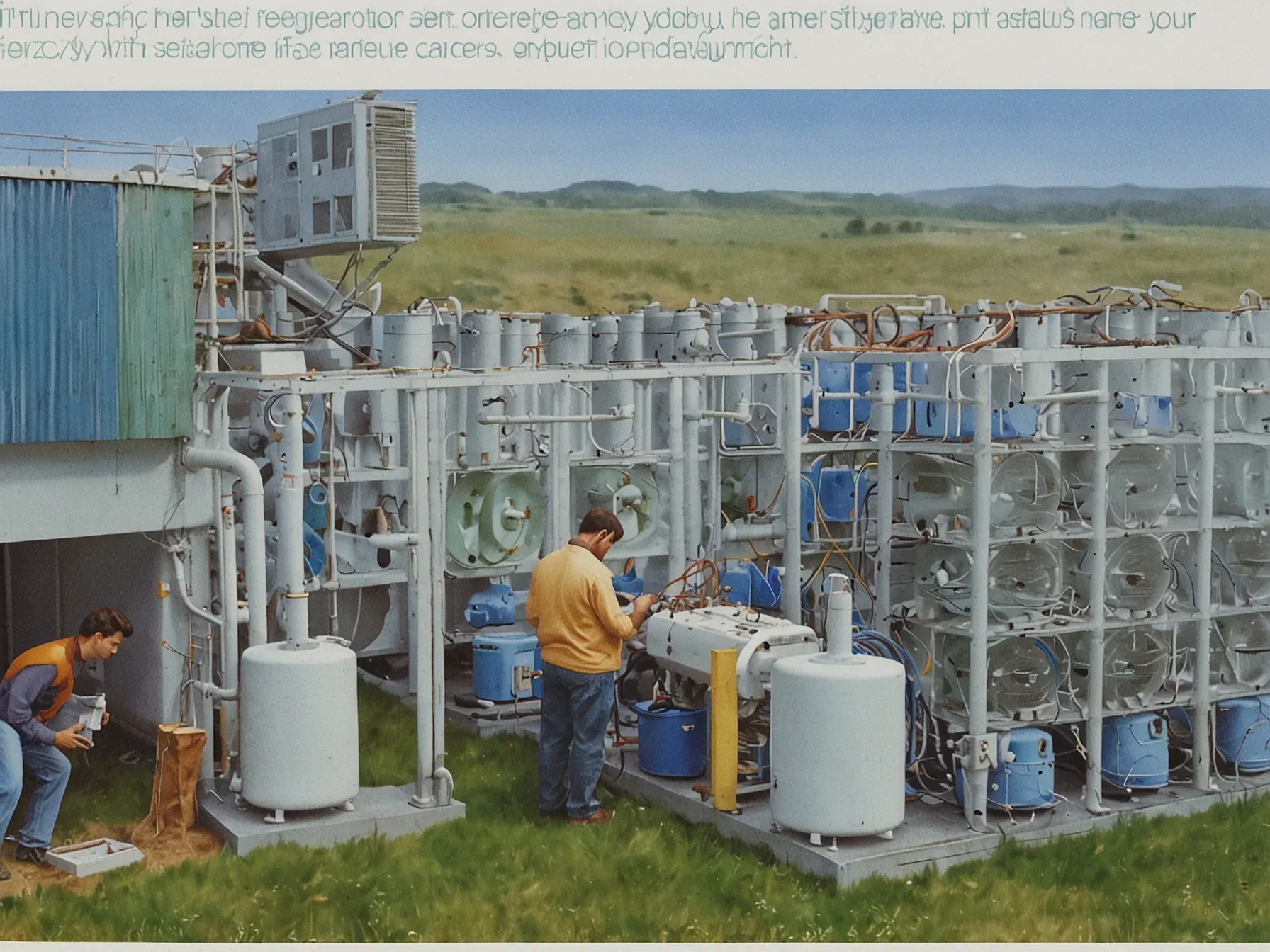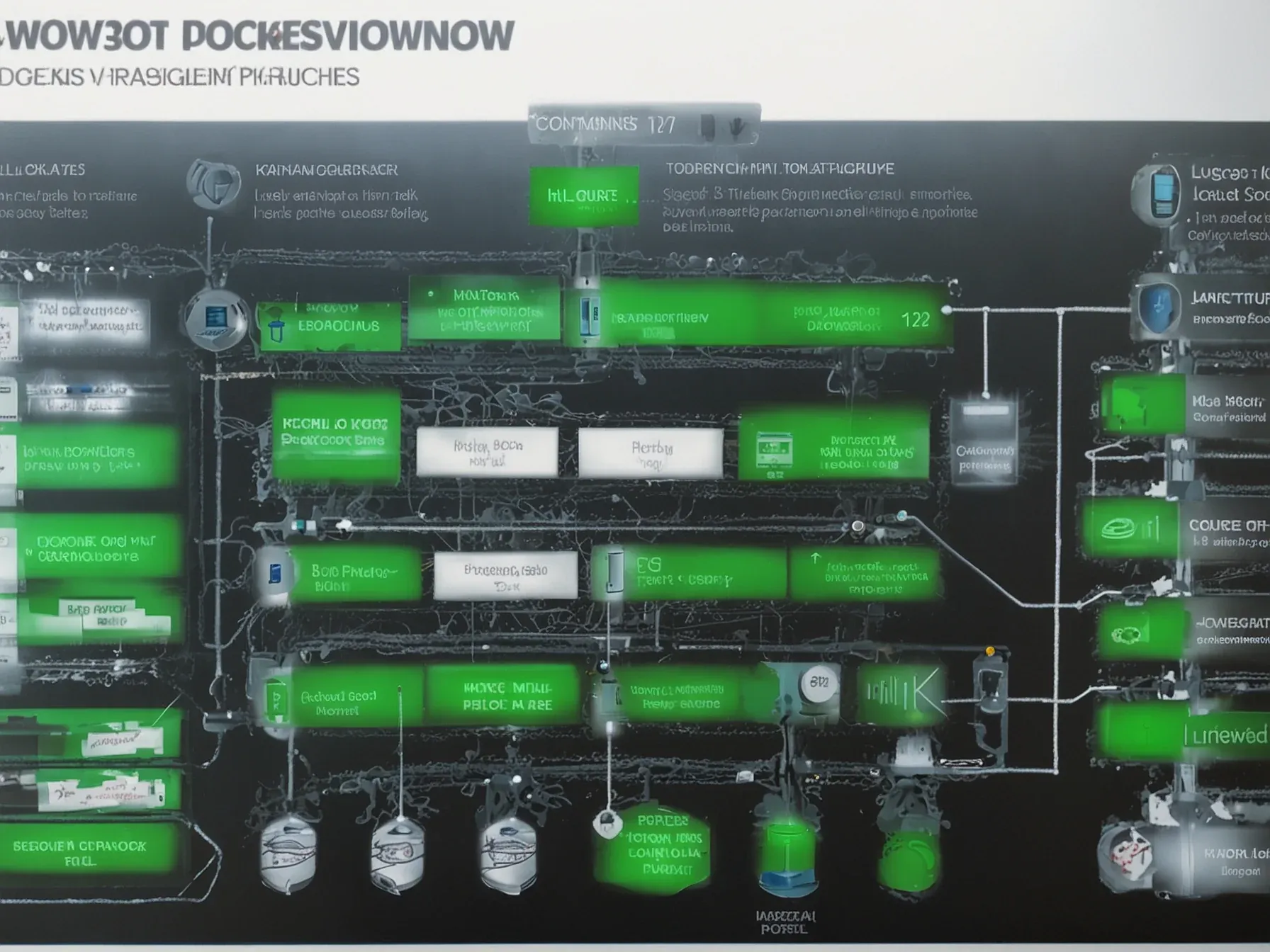
MIT Energy Initiative conference highlights storage research priorities
Why does the conversation about energy storage matter now? While the MIT Energy Initiative conference zeroed in on research priorities, the underlying message was less about technology itself and more about the role those technologies play. The gathering pulled together engineers, investors and policy analysts, all wrestling with a shifting energy mix that demands flexibility.
Here’s the thing: storage isn’t a monolith. Different applications—grid balancing, peak shaving, renewable integration—call for distinct solutions. But the debate isn’t settled by a single breakthrough; it’s shaped by the value each service delivers to the system.
As the panels unfolded, speakers repeatedly asked which performance metric—cost, duration, response speed—should drive investment decisions. The nuance mattered because, in a market that rewards specific outcomes, the “best” technology becomes a moving target. That line of thinking sets the stage for a perspective from Google’s commercial lead for advanced energy investments, who will argue that the choice of storage hinges on the service you prioritize most.
"At the end of the day, storage provides a service, and the type of technology that you need is a function of the service that you value the most," said Nestor Sepulveda, commercial lead for advanced energy investments and partnerships at Google. "I don't think there is one winner-takes-all type of market here." Another panel explored sustainable fuels that could help decarbonize hard-to-electrify sectors like aviation, shipping, and long-haul trucking. Randall Field, MITEI's director of research, noted that sustainably produced drop-in fuels -- fuels that are largely compatible with existing engines -- "could eliminate potentially trillions of dollars of cost for fleet replacement and for infrastructure build-out, while also helping us to accelerate the rate of decarbonization of the transportation sectors." Erik G.
Birkerts is the chief growth officer of LanzaJet, which produces a drop-in, high-energy-density aviation fuel derived from agricultural residue and other waste carbon sources. "The key to driving broad sustainable aviation fuel adoption is solving both the supply-side challenge through more production and the demand-side hurdle by reducing costs," he said. "We think a good policy framework [for sustainable fuels] would be something that is technology-neutral, does not exclude any pathways to produce, is based on life cycle accounting practices, and on market mechanisms," said Veronica L.
Robertson, energy products technology portfolio manager at ExxonMobil. MITEI plans a major expansion of its research on sustainable fuels, announcing a two-year study, "The future of fuels: Pathways to sustainable transportation," starting in early 2026. According to Field, the study will analyze and assess biofuels and e-fuels.
Solutions from labs big and small Global energy leaders offered glimpses of their research projects.
Desirée Plata closed the session by reminding attendees that substantive change requires participation. Over 150 scholars, industry reps, and government officials gathered in Cambridge, indicating broad interest. Yet the agenda left many questions unanswered.
Nestor Sepulveda of Google stressed that storage is a service, and the appropriate technology depends on the valued service. He added that there’s no single winner‑takes‑all solution, a point that resonated with the crowd. The conference highlighted research priorities, but concrete pathways remain unclear.
Can emerging storage concepts meet the diverse service demands outlined? The dialogue underscored the need for flexible research agendas, though funding mechanisms were not detailed. Participants left with a sense that progress will hinge on matching technology to specific grid needs, not on a universal answer.
It’s unclear which approaches will scale effectively, and further collaboration will be required to test assumptions. In short, the meeting framed storage as a set of choices rather than a fixed roadmap.
Further Reading
- MIT Energy Initiative conference spotlights research priorities amidst changing energy landscape - MIT News
- 2025 External Advisory Board Briefing Book | MIT Energy Initiative - MIT Energy Initiative
- MIT Energy Initiative launches Data Center Power Forum - MIT Energy Initiative
- 2025 Future Energy Systems Center Fall Workshop - MIT Energy Initiative
Common Questions Answered
What did Nestor Sepulveda of Google say about the role of storage technology at the MIT Energy Initiative conference?
Sepulveda emphasized that storage provides a service and the optimal technology depends on the specific service valued most. He argued there is no single "winner‑takes‑all" solution, highlighting the need to match technology to application.
Which hard‑to‑electrify sectors were highlighted for sustainable fuel research during the conference?
The conference panel identified aviation, shipping, and long‑haul trucking as sectors where sustainable fuels could help decarbonize. These industries were noted for their difficulty to electrify directly, making alternative fuels a priority.
How many participants attended the MIT Energy Initiative conference in Cambridge, and what groups did they represent?
Over 150 scholars, industry representatives, and government officials gathered in Cambridge for the event. The diverse attendance reflected broad interest across academia, the private sector, and policy circles.
What are the three primary applications of energy storage discussed at the MIT Energy Initiative conference?
The conference highlighted grid balancing, peak shaving, and renewable integration as key storage applications. Each use case requires different technology characteristics to meet distinct service needs.




